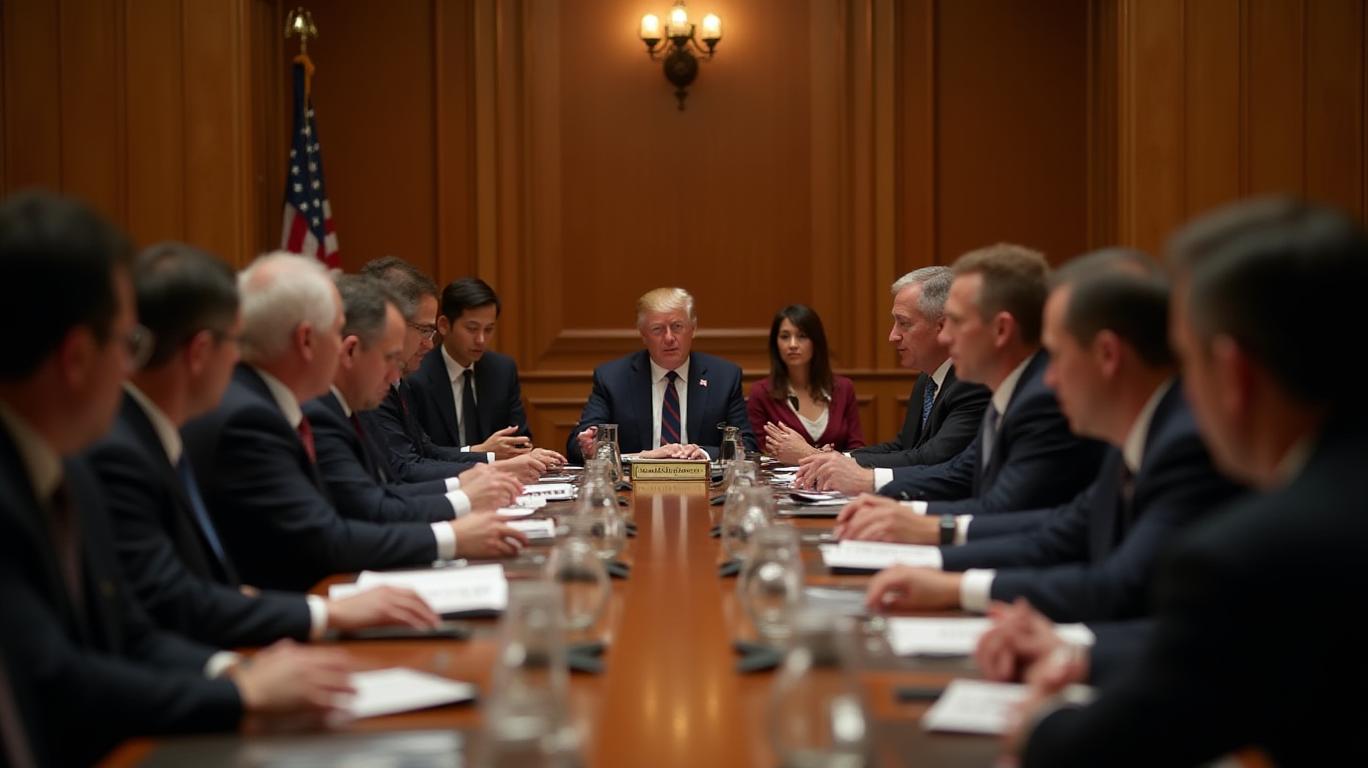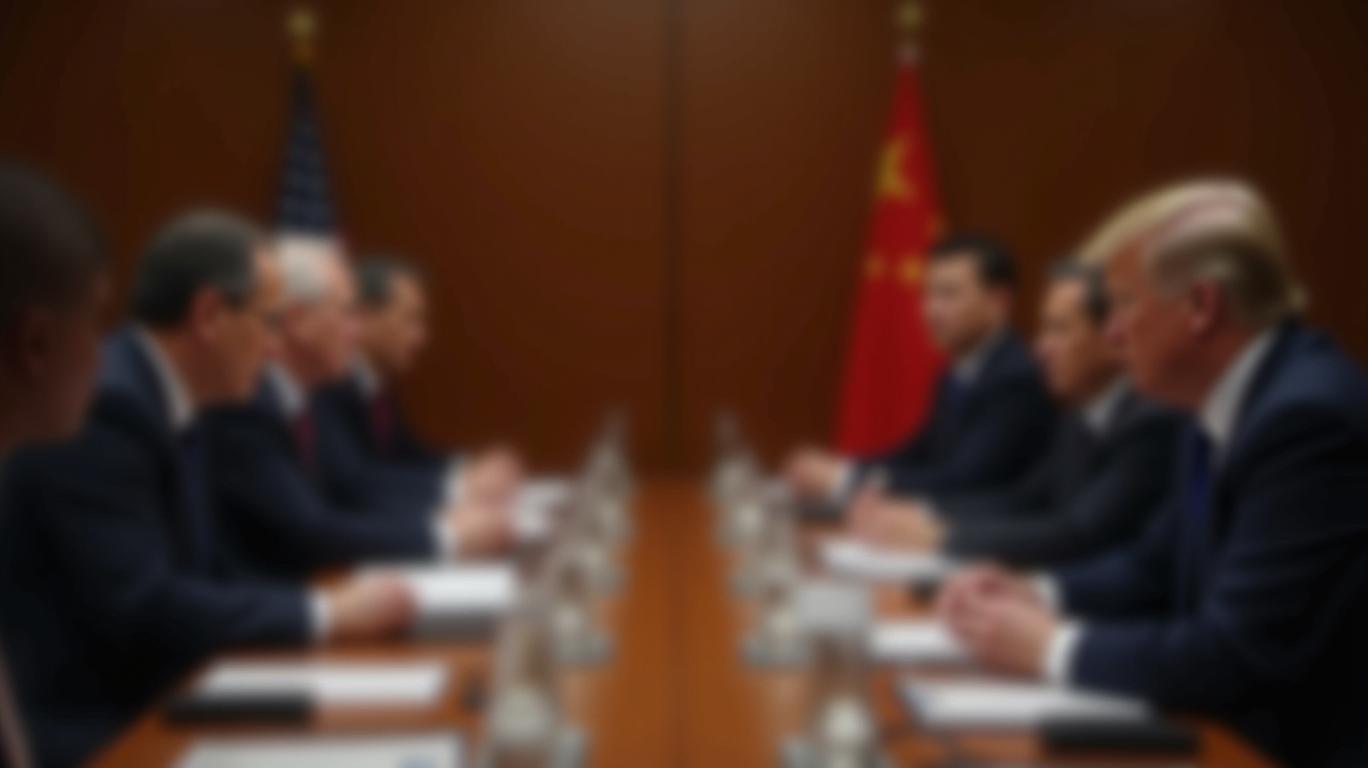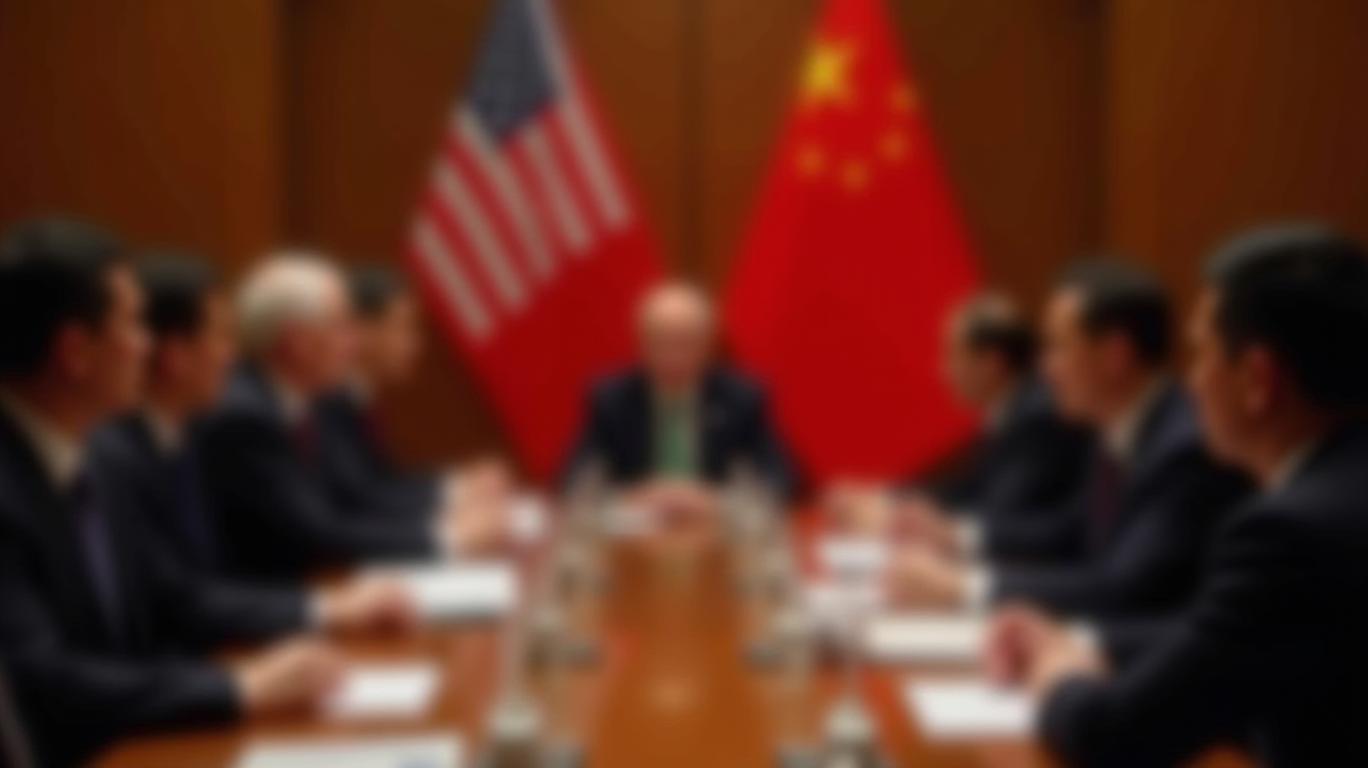Trade Talks Spark Rally, But Tariff Thresholds Loom: Navigating the Markets' Delicate Balance
The recent U.S.-China trade talks in Geneva offered a fleeting reprieve to markets rattled by escalating tariffs, but beneath the surface lies a fragile equilibrium. Stock futures surged as negotiators signaled progress, yet critical questions remain: Can diplomatic optimism translate into meaningful tariff reductions? And will the global economy survive the prolonged tension?
Ask Aime: Could the recent U.S.-China trade talks finally lead to a resolution, and will it stabilize the stock market?

The Immediate Impact: Markets Gravitate Toward Hope
The May 2025 Geneva talks marked a pivotal moment. U.S. Treasury Secretary Scott Bessent and Trade Representative Jamieson Greer framed the discussions as “constructive,” though no concrete tariff cuts were announced. Still, the mere prospect of de-escalation propelled Dow Jones Industrial Average futures over 400 points higher, while the S&P 500 and Nasdaq-100 futures rose 1.2% and 1.4%, respectively.
The dollar also gained traction, climbing to a three-month high against a basket of currencies. This surge, however, occurred amid thin Asian market volumes, raising questions about its sustainability.
The Elephant in the Room: Tariff Thresholds and Economic Reality
While markets celebrated, the numbers tell a darker story. Current U.S. tariffs on Chinese goods average 145%, with China retaliating at 125%. Economists like Gerard DiPippo of the rand corporation argue that tariffs must fall below 60% to meaningfully stabilize trade—a gap the Geneva talks have yet to bridge.
The human cost is already visible. U.S. auto manufacturers, for instance, reported $12 billion in losses in the first quarter of 2025 due to tariff-driven disruptions. Meanwhile, the Federal Reserve’s Jerome Powell warned that existing tariffs risk fueling inflation and pushing unemployment higher, complicating efforts to stabilize interest rates.
The Fragile Foundation of Optimism
The Geneva talks established an “economic and trade consultation mechanism” to ensure ongoing dialogue. China’s Vice Premier He Lifeng called it an “important first step,” but markets remain fixated on Monday’s joint statement for clarity.
Historically, such diplomatic gestures have proven fleeting. In 2019, the U.S. and China agreed to a “phase one” deal, only for tariffs to resurge by 2023. This time, the stakes are higher: the U.S. economy contracted in Q1 2025, with recession odds hitting 40%—the highest since late 2022.
Conclusion: The Path Forward Requires More Than Words
The Geneva talks have reignited hope, but markets will demand more than optimism. For a deal to meaningfully impact equities and the dollar, tariffs must drop below the 60% threshold—a level that would reverse the current inflationary pressures and corporate losses.
Consider this: the S&P 500 has underperformed global benchmarks since 2023, down 15% in real terms, while the dollar’s recent gains risk stifling U.S. exports. Without substantive tariff reductions, these trends could worsen.
Investors should also note the Fed’s dilemma: Powell has repeatedly cited tariffs as a key inflation driver. If tariffs remain elevated, the Fed may be forced to raise rates further, deepening the economic slowdown.
In short, the Geneva talks are a welcome respite, but the real test lies ahead. Until tariffs fall decisively below 60%, markets will remain hostages to the whims of geopolitical brinkmanship—a precarious position for an economy already teetering on recession.

_b905d9341749265671656.jpg)








